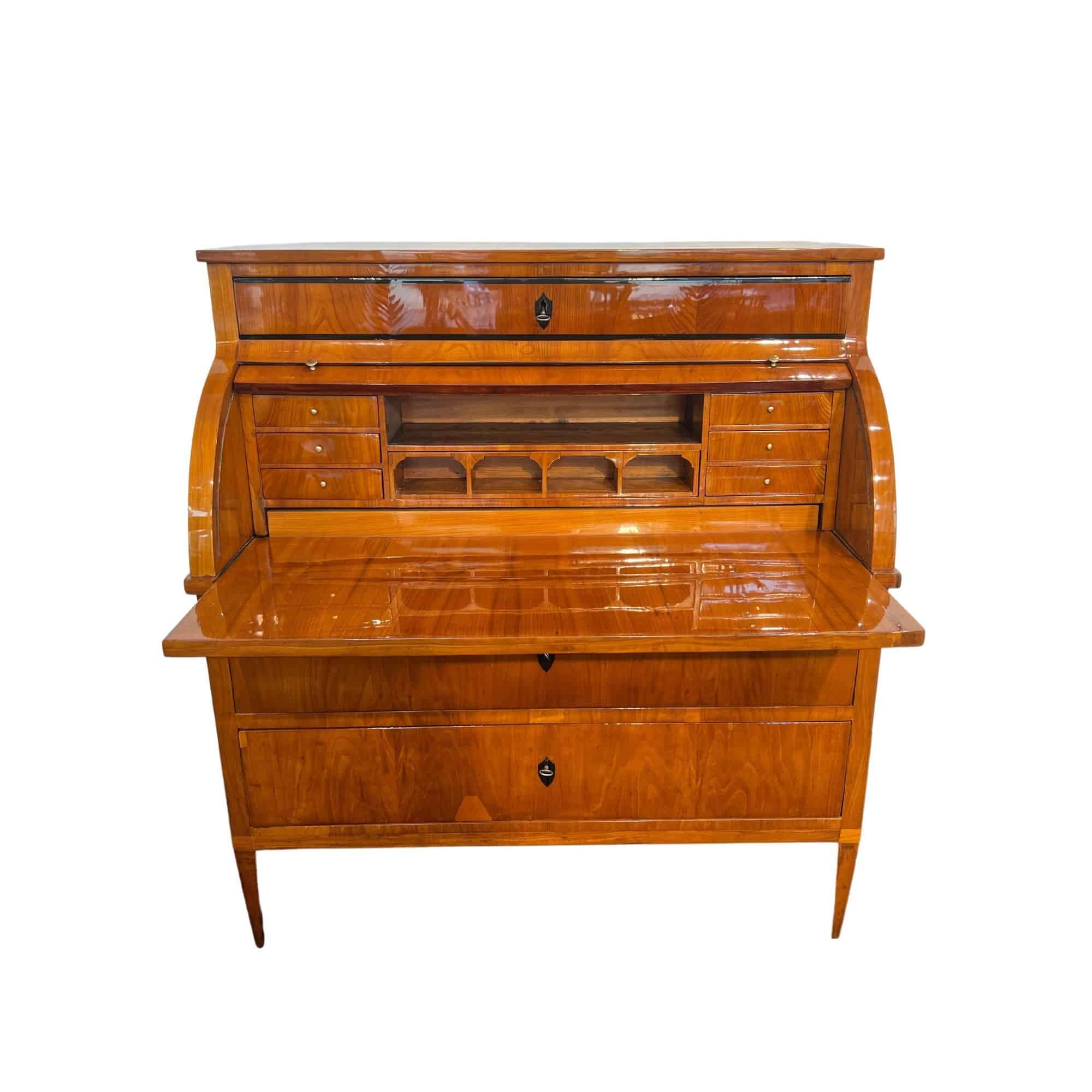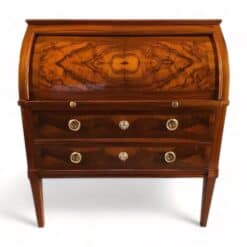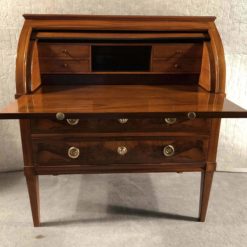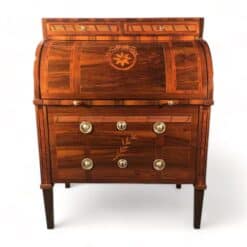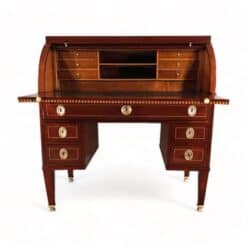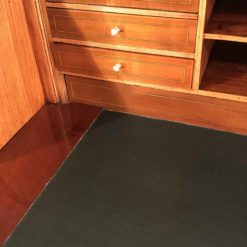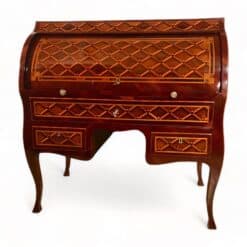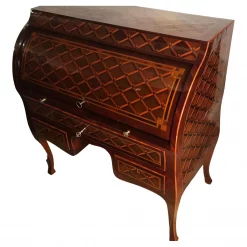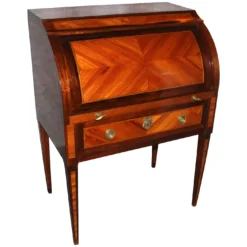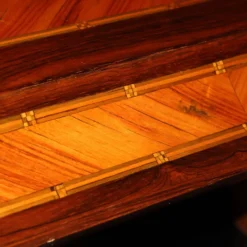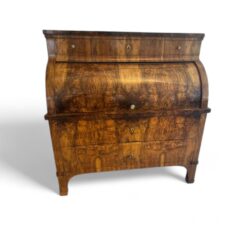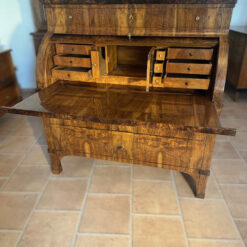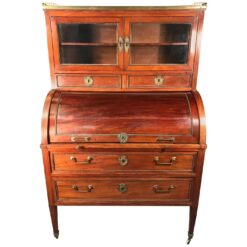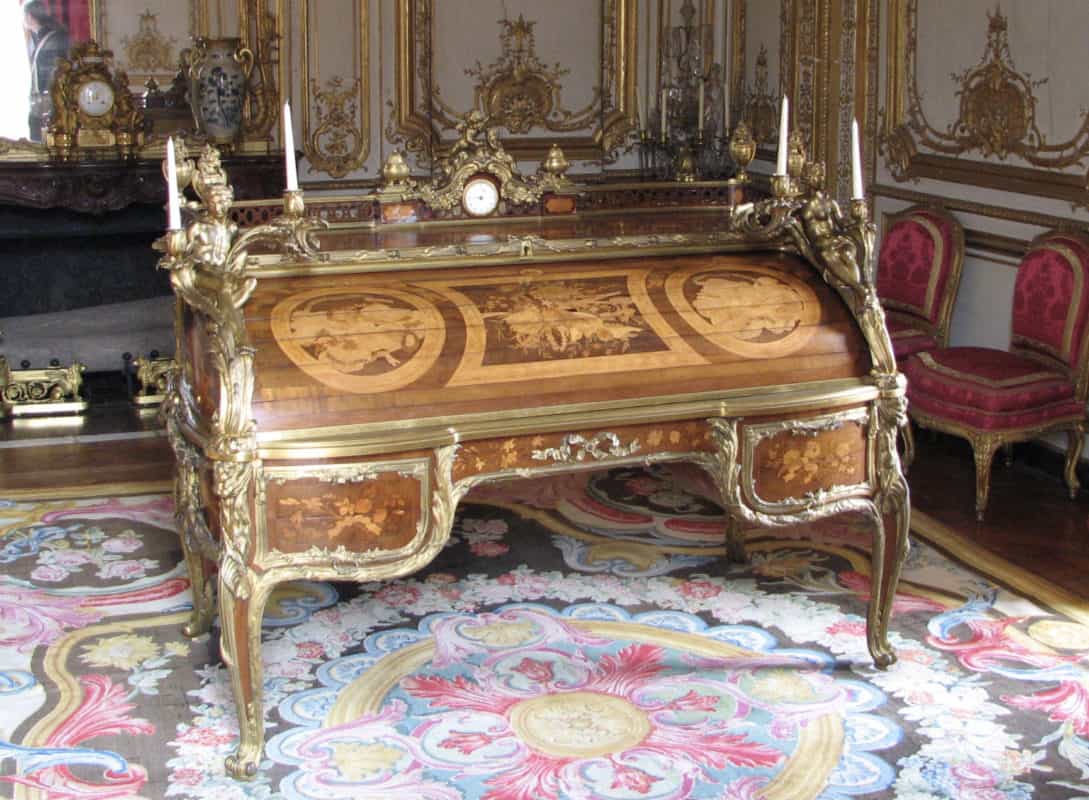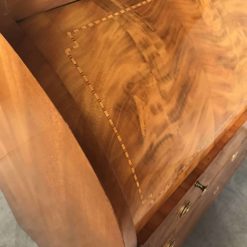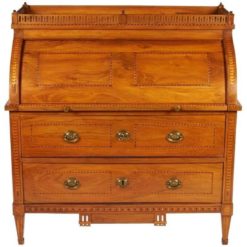Best Sellers
Furniture, Styylish History
The Cylinder Desk: From Baroque to Biedermeier
There is perhaps no object more elegant than an antique cylinder desk. The cylinder desk is a writing desk, with a cylindrically-shaped frontispiece (or “cylinder top”) that opens to reveal a writing surface and storage area. There are a few adaptations to this desk, and the style ultimately offers both practical and aesthetic benefits.
In today’s blog, we will explore the history of these treasured objects and introduce you to their many varieties. By browsing the collection on our site, you may just come to understand why this kind of desk revolutionized the way people decorated their homes, from London to Vienna and beyond.
Early Origins
The cylinder desk was first named for its creator. Invented in the 18th century by Wenzel Anton von Kaunitz, who was the ambassador of the Habsburg Empire to the French court, the “Bureau Kaunitz” made a splash in the palatial world of European royals. There is a bit of historical debate over the legitimacy of Kaunitz’s role in the introduction of the cylinder desk but German, Swiss and Austrian cabinetmakers of the late 18th and early 19th century often used the “bureau Kaunitz” themselves.
Regardless, France adopted the desk enthusiastically in the early 1700s. Many of the antique cylinder desks available today likely started in the finest homes of French nobility.
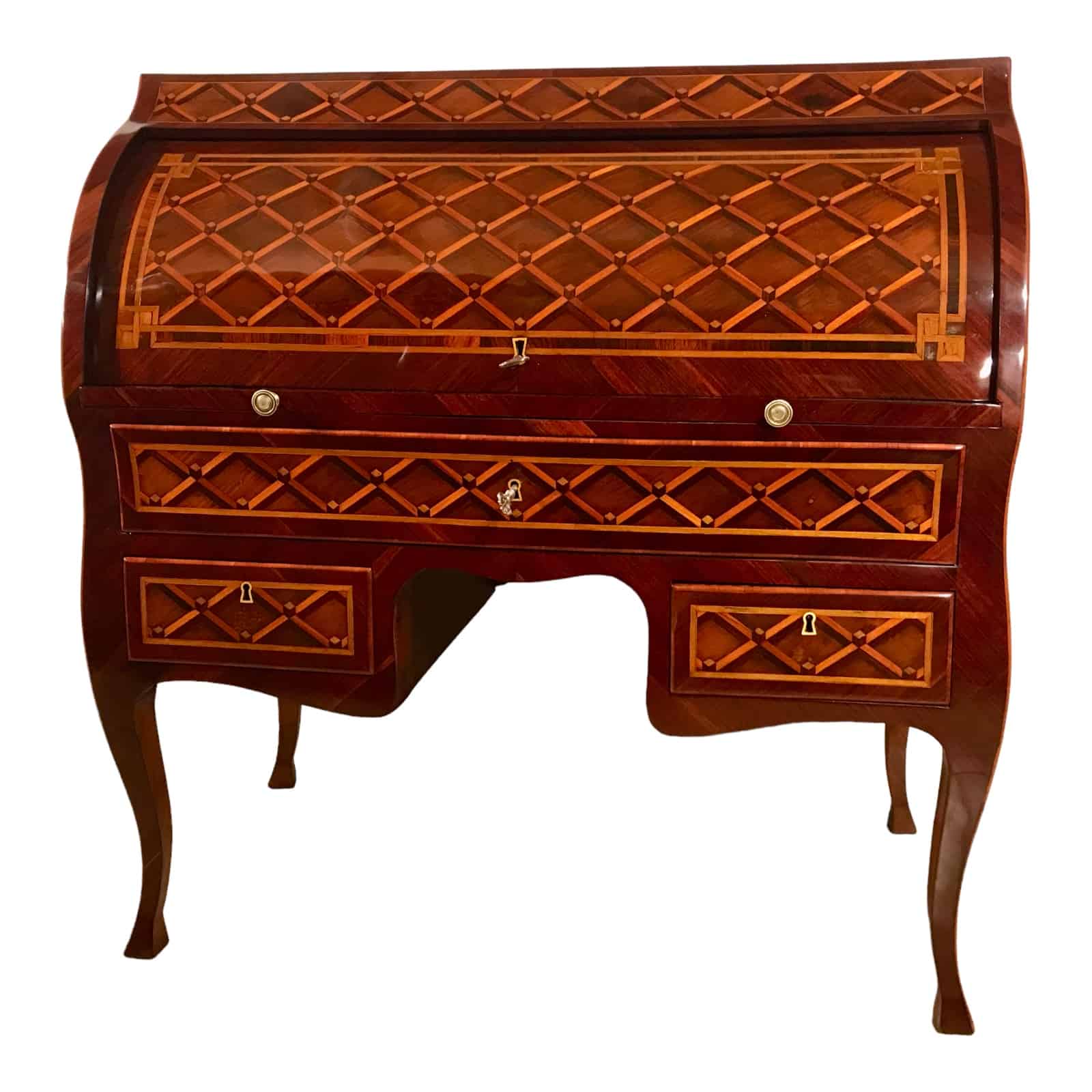
Cylinder Desks for the Wealthy
While the cylinder desk style was popular, it was not accessible to the average consumer. Resources for this desk were limited in early years, as finding the correct material was difficult. Creators would have to produce wooden cylindrical sections (called “tambours”) that would not warp significantly over time. This limited the desks to the wealthy few who could afford top-quality wood.
Indeed, the cylinder desk was almost exclusively a rich man’s object at its conception and throughout much of its early history. The homes of the wealthiest individuals in 18th-century France could have featured something like this Antique Cylinder Desk from 1780 with other walnut or oak pieces.
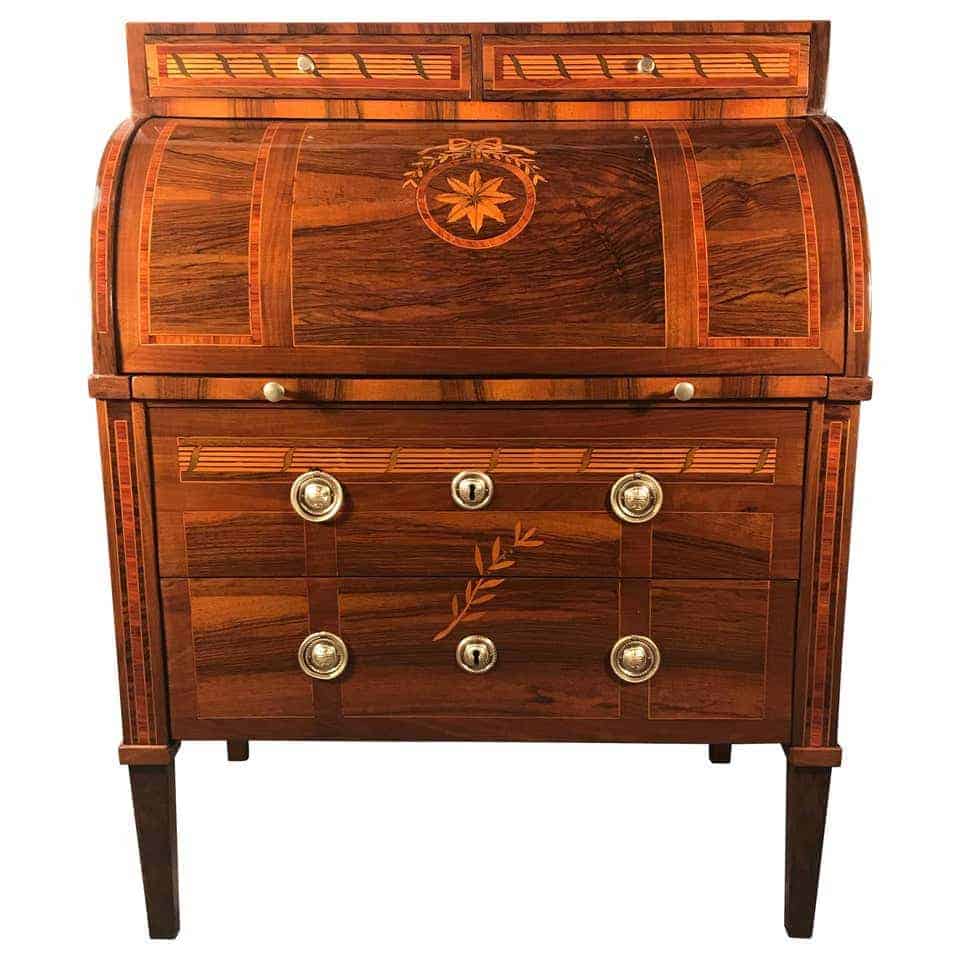
The Neoclassical Success of the Cylinder Desk
The reign of Louis XVI supported the popularity of the king’s preference for stricter forms than his predecessor, Louis XV. Neoclassicism flourished, and the exuberant theatrical musings of the Baroque turned into more restrictively elegant forms.
The period, beginning in the later decades of the 18th century, proved to be the perfect time to perfect the cylinder desk as a design. Many of the finest examples of this kind of desk hail from those very years.
This Louis XVI Cylinder Desk, for instance, has an elegant mahogany veneer, highlighting the exterior of the valuable cylinder mechanism. Note, too, the Neoclassical ornamentation on the drawers – right-angled and gold-dotted, typical for the Louis XVI style. This would be a stupendous addition to a modern home, enriching any space with history.
This Antique Louis XVI Desk has a walnut veneer and refined, sophisticated touches. The floral and geometric embellishments are made with satinwood and mahogany inlays. Equally delightful is the green leather lining of the writing surface, only revealed upon opening the desk. Beyond the concealed storage and compartment, the details on this piece are what make it special.
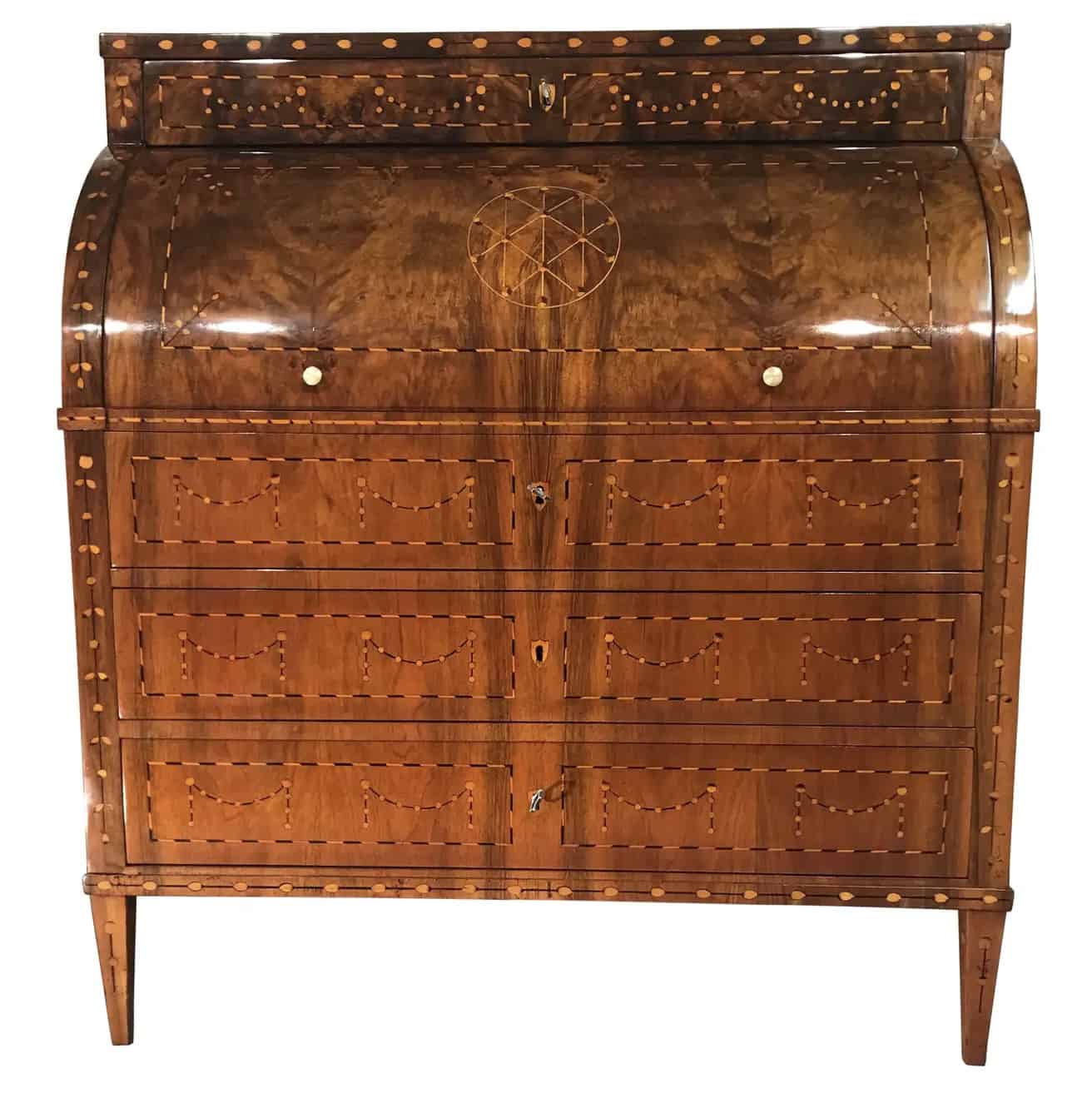
This Cylinder Desk from South Germany is another Louis XVI example, but with distinct finishing touches. There is a similar mirrored burred walnut veneer featured here as well, but the structure of the desk allows for more low storage. This design is a bit more streamlined as well. No inlays, but simple featured drawer knobs and a small keyhole. While these pieces are from nearly the same time, there is endless flexibility for personal taste.
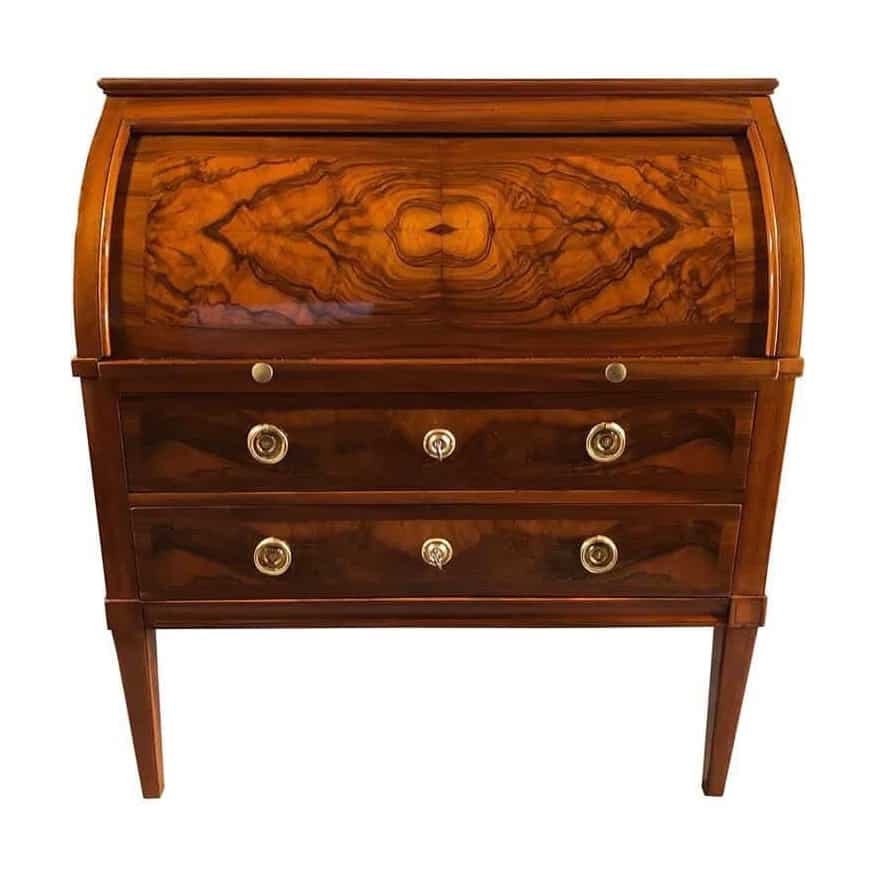
Biedermeier Desks: Popularizing a Royal Favorite
Though the Louis XVI period saw many of the most stylish examples of antique cylinder desks, the design did not die out with the French Revolution. The practicality and elegance of this piece were revisited in the 19th century, and, while remaining a treasured object, the cylinder desk began to be seen in upper-middle-class homes as well.
Beginning in the early 1800s, Biedermeier furniture became the style of the new developing industrial middle class. Simpler in focus, with a dedication to unembellished wood designs, Biedermeier took another critical step away from the pompous decor of the 1700s, and towards modernity. Be sure to check out our extensive blog coverage of that favorite period of ours.
